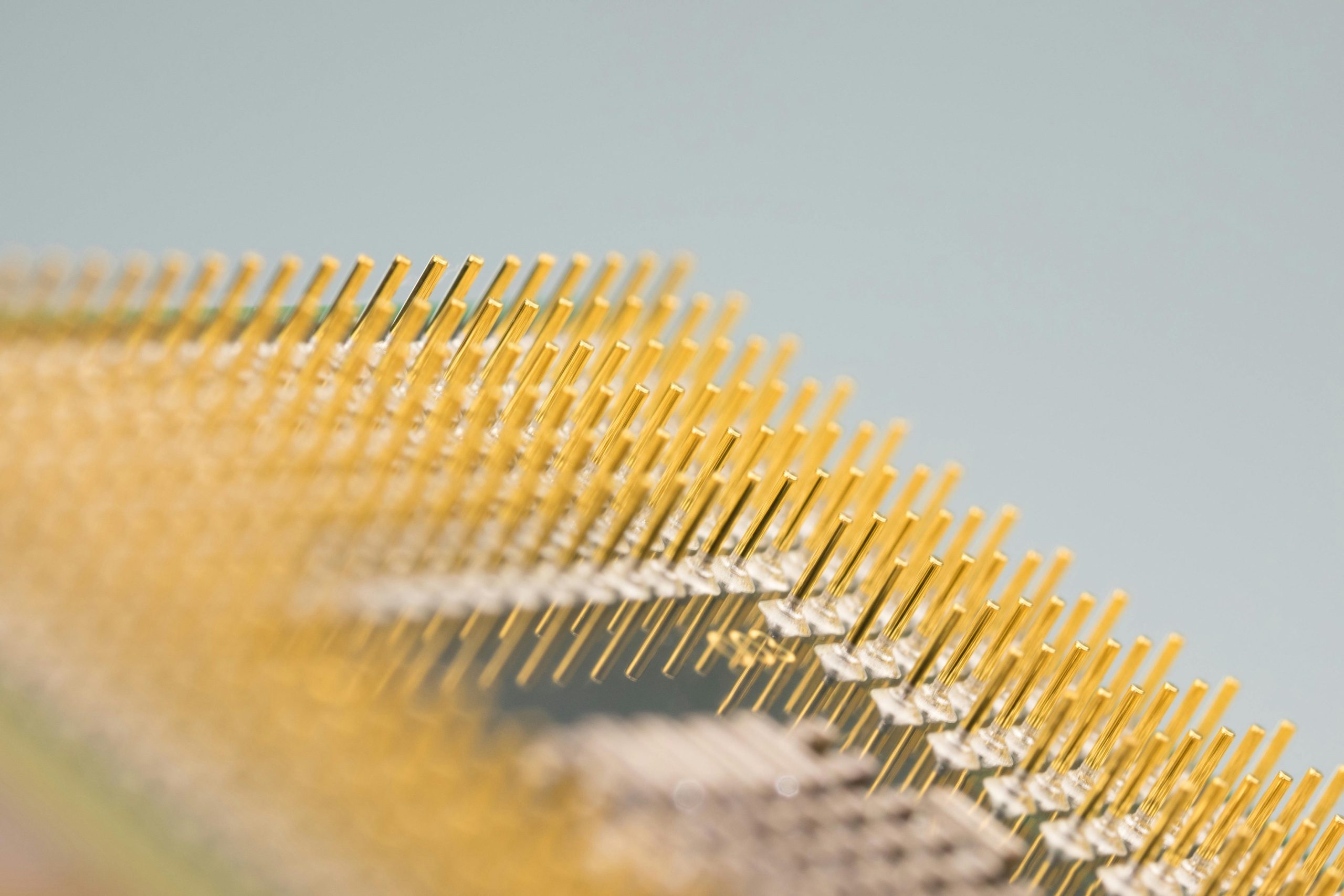The Growing Threat of Spyware: How Can Journalists Safeguard Themselves?
In an age where information is power, the tools used to gather and disseminate that information have become increasingly vulnerable to malicious attacks. A recent investigation by Citizen Lab revealed that the Israeli spyware known as Paragon has been discovered on the phones of several European journalists, raising significant concerns about the security of those who are tasked with holding the powerful accountable.
What Makes Paragon So Insidious?
Paragon’s spyware is particularly dangerous as it can infiltrate a device without requiring any action from the user. Unlike traditional malware that may necessitate a click on a dubious link or the opening of an infected attachment, Paragon operates stealthily. This allows malicious actors to gain covert access to sensitive applications, including encrypted messaging platforms like Signal and WhatsApp. Scott-Railton, a notable researcher, succinctly noted, “There’s no link to click, attachment to download, file to open or mistake to make. One moment the phone is yours, and the next minute its data is streaming to an attacker.”
This troubling revelation echoes past concerns about the notorious Pegasus spyware, developed by the NSO Group, which has been banned by the U.S. government for similar reasons. As the line between security and privacy blurs, journalists now find themselves in a precarious position—armed with a powerful tool for communication but also exposed to invasive surveillance.
So, What’s the Solution?
With evolving threats like Paragon, the question arises: should journalists abandon smartphones entirely? While the idea of going back to basic communication tools may seem appealing, it isn’t a practical solution in our digital era. Instead, a multi-faceted approach to digital security is necessary. This could involve:
-
Enhanced Digital Literacy: Journalists should be educated on the latest cybersecurity risks and develop an understanding of how to protect their devices.
-
Regular Security Audits: Utilizing forensic experts to routinely check for spyware or vulnerabilities can help ensure that any potential breaches are caught early.
-
Use of Secure Communication Tools: Prioritizing platforms that offer robust encryption and are regularly updated can provide an additional layer of security.
-
Vigilance in Device Use: Being cautious about the information that is shared and avoiding public Wi-Fi networks might reduce the risks.
As the landscape of journalism continues to evolve, so too must the methods by which journalists protect themselves and their sources. In a world increasingly marked by surveillance
Share this content:




Thank you for raising this critical issue about journalist safety in the digital age. The threats posed by highly sophisticated spyware like Paragon and Pegasus highlight the importance of proactive cybersecurity measures. To safeguard your devices, consider implementing the following steps:
Finally, always remain cautious about physical device security—be vigilant with